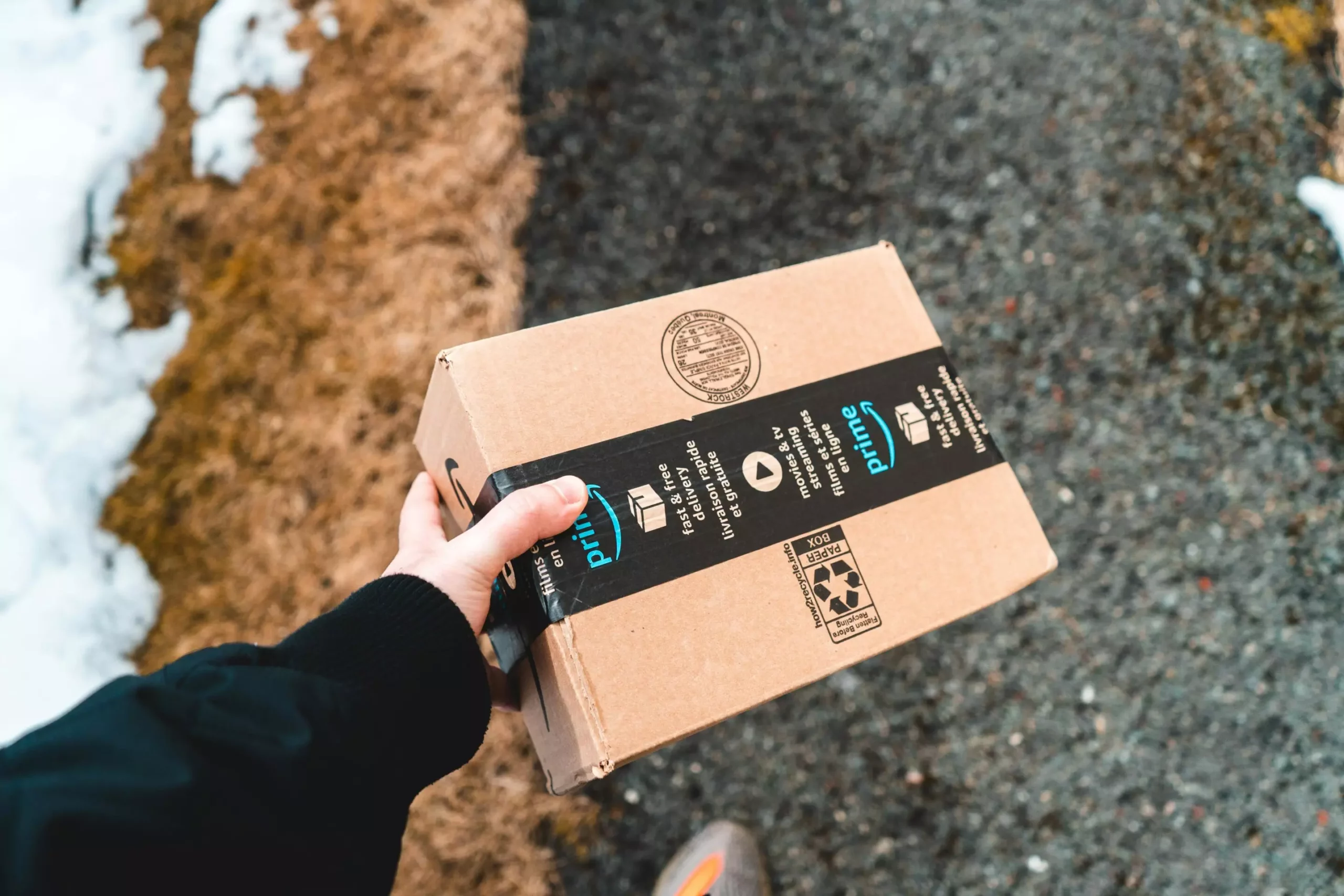The recent ruling by the National Labor Relations Board that workers at a company delivering packages for Amazon are considered employees of the e-commerce giant has significant implications for labor relations in the gig economy. The decision challenges Amazon’s claim that it is not responsible for the subcontractor’s staff, highlighting issues related to unionization, workplace conditions, and legal obligations.
The NLRB’s finding rejected Amazon’s assertion that it does not control its subcontracted drivers, holding the company accountable for refusing to recognize their decision to unionize and failing to negotiate over workplace issues. This ruling underscores the power dynamics at play between large corporations like Amazon and their contracted workers, emphasizing the need for fair labor practices and union representation.
The victory for the Teamsters union is a significant milestone in the fight for worker rights at Amazon. By successfully challenging Amazon’s position and securing the right to bargain over working conditions, the delivery drivers at Battle-Tested Strategies have set a precedent for others in the gig economy to demand better treatment and representation. This decision could potentially lead to more drivers unionizing and seeking to negotiate with Amazon.
Amazon’s response to the NLRB’s ruling reflects ongoing tensions between the company and labor unions. While the NLRB dismissed some of the Teamsters’ claims, Amazon continues to refute allegations of unfair labor practices and retaliation. The company’s dismissal of the allegations and its assertion that the claims lack merit suggest a persistent resistance to acknowledging its responsibilities towards its workers.
Following the termination of the Battle-Tested Strategies drivers, the Teamsters have organized protests at Amazon facilities, highlighting issues of low wages and unsafe working conditions. The drivers’ demands for better treatment and fair labor practices resonate with workers across the country, signaling a growing movement to hold Amazon accountable for its treatment of employees.
The NLRB’s investigation into Amazon’s labor practices marks the beginning of a potentially lengthy legal process. If Amazon and the Teamsters fail to reach a settlement, the labor agency may issue a formal complaint based on its findings. This could lead to a hearing before an administrative law judge, with the possibility of remedies being imposed on the company. Ultimately, the decision could be appealed to the labor board in Washington, prolonging the resolution of the dispute.
The NLRB’s ruling on Amazon’s responsibility for subcontractor employees signals a shifting landscape in labor relations within the gig economy. The decision highlights the importance of fair treatment, union representation, and legal obligations in protecting workers’ rights. As Amazon and the Teamsters navigate the legal process, the outcome of this case could have far-reaching implications for worker advocacy and corporate accountability.

